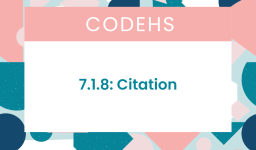Your team has provided face-mask PPV with chest movement for 30 seconds. When is placement of an endotracheal tube strongly recommended?
Answer
The baby’s heart rate remains less than 100 bpm and is not increasing.
This question is a part of the NRP 8th Edition Answers.
Placement of an endotracheal tube is strongly recommended in the following situations when resuscitating a newborn:
- Ineffective Ventilation with Face Mask: If, despite providing positive pressure ventilation (PPV) with a face mask and observing chest movement for 30 seconds, the baby’s heart rate remains less than 100 beats per minute or is not increasing, endotracheal intubation is recommended.
- Prolonged Resuscitation: If PPV is expected to be prolonged, it might be preferable to secure the airway with an endotracheal tube to provide more effective ventilation over an extended period.
- Meconium Aspiration: If the newborn has meconium-stained amniotic fluid and is not vigorous (poor muscle tone, inadequate breathing, or bradycardia), endotracheal intubation may be performed for tracheal suctioning. However, this practice has been subject to change and it’s important to follow the most recent guidelines.
- Need for Chest Compressions: If chest compressions are required due to a persistently low heart rate despite adequate ventilation, an endotracheal tube is often placed to ensure effective ventilation during chest compressions.
- Administering Medications: If there is a need to administer medications such as epinephrine during resuscitation, an endotracheal tube can be used to administer the medication directly into the trachea, where it can be absorbed rapidly into the bloodstream.
- Congenital Diaphragmatic Hernia: In cases of suspected congenital diaphragmatic hernia, endotracheal intubation is recommended to prevent inflating the stomach and bowel, which can compromise venous return to the heart.
Please note that the guidelines for neonatal resuscitation can change, and it’s important to consult the most current version of the Neonatal Resuscitation Program (NRP) guidelines or equivalent guidelines in your region.



